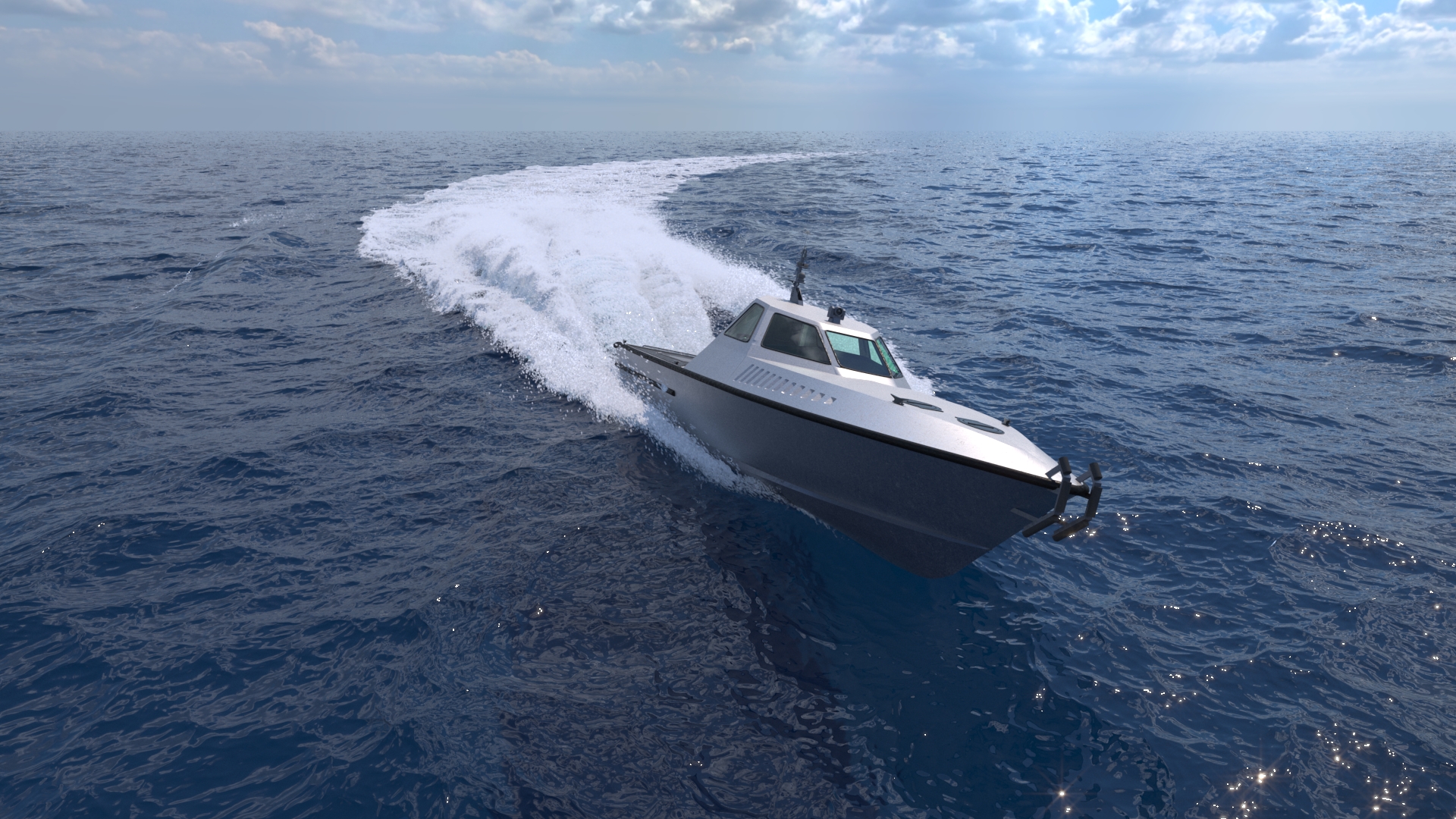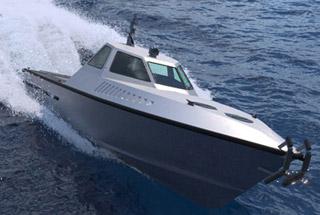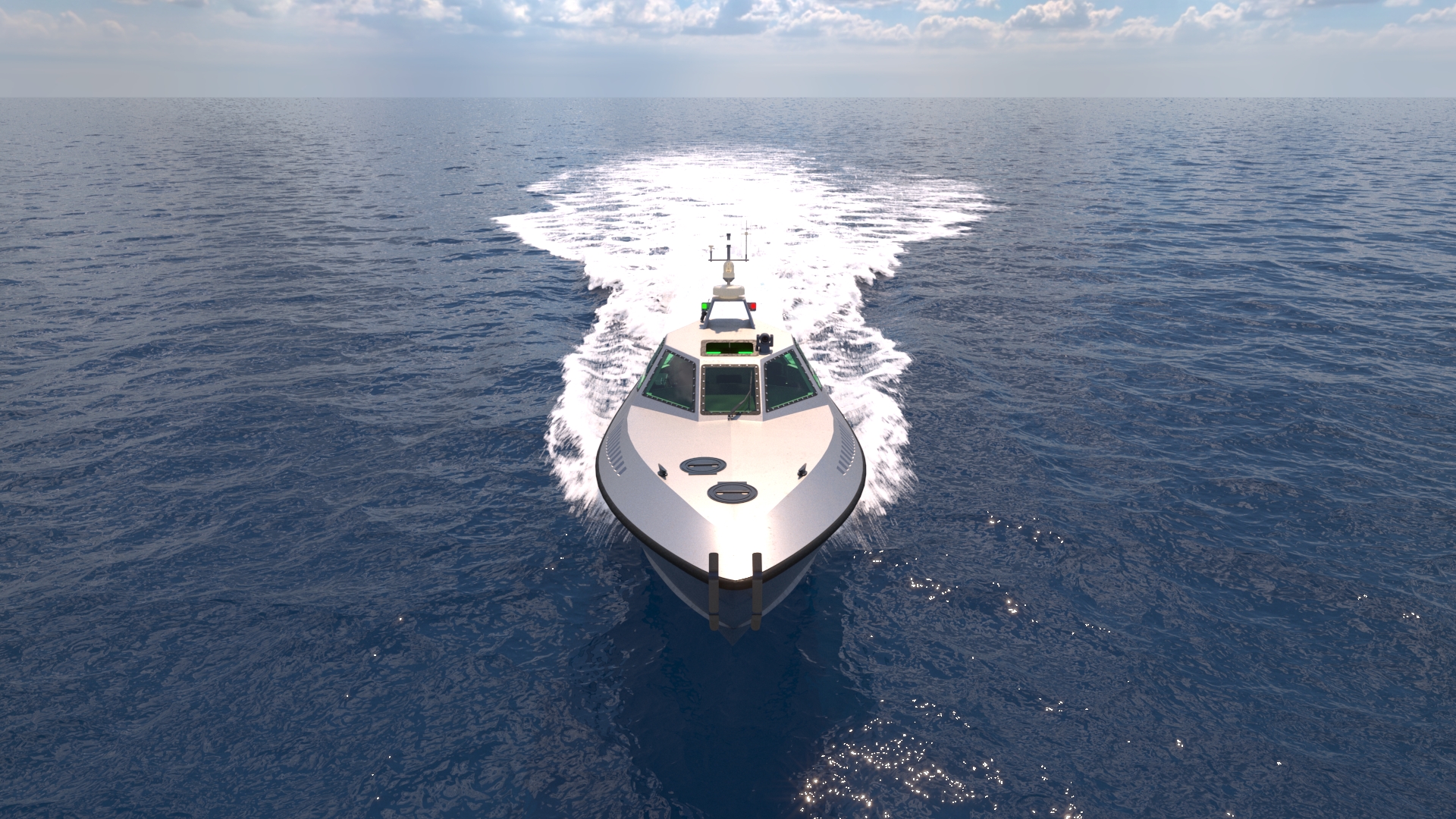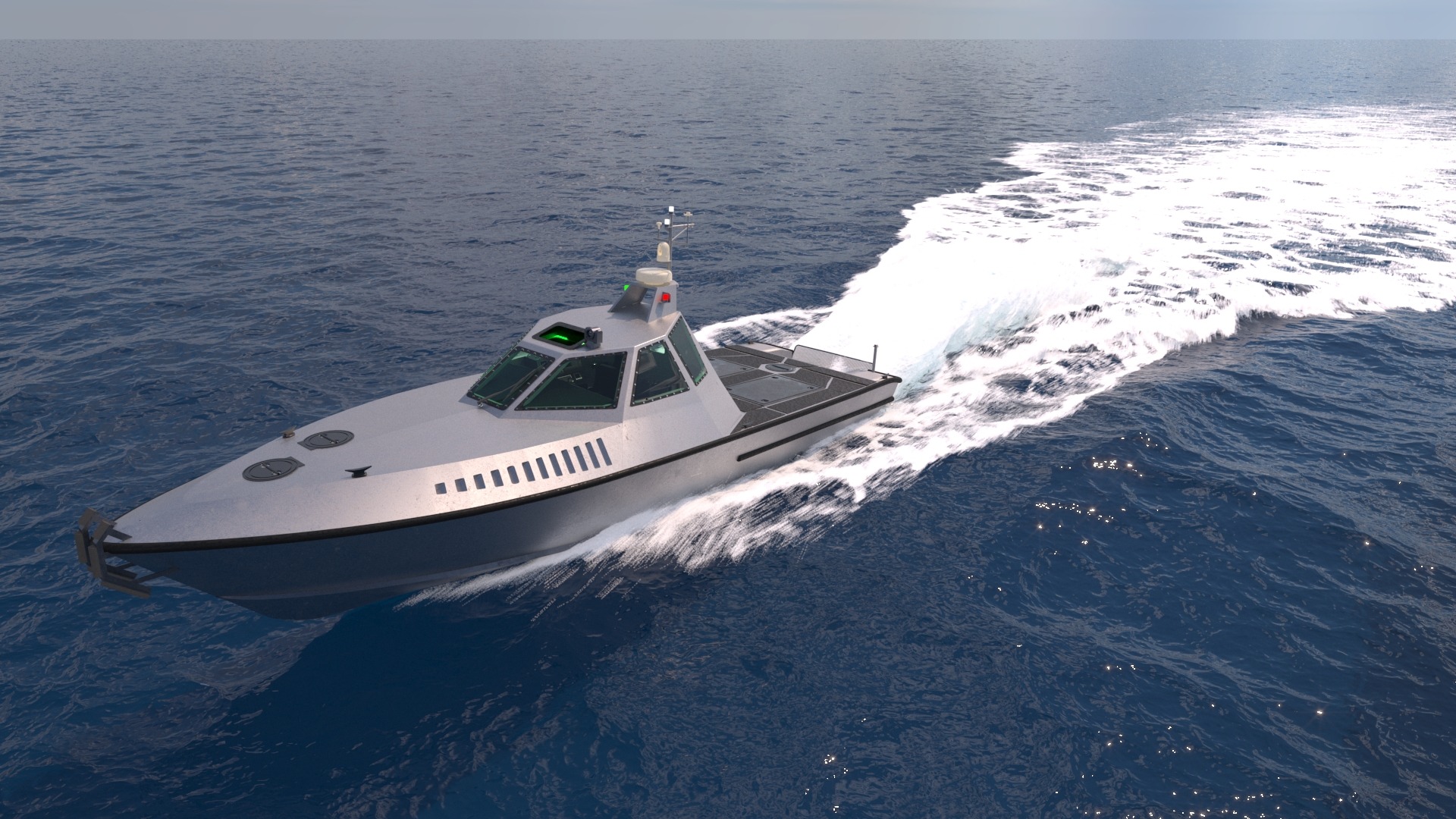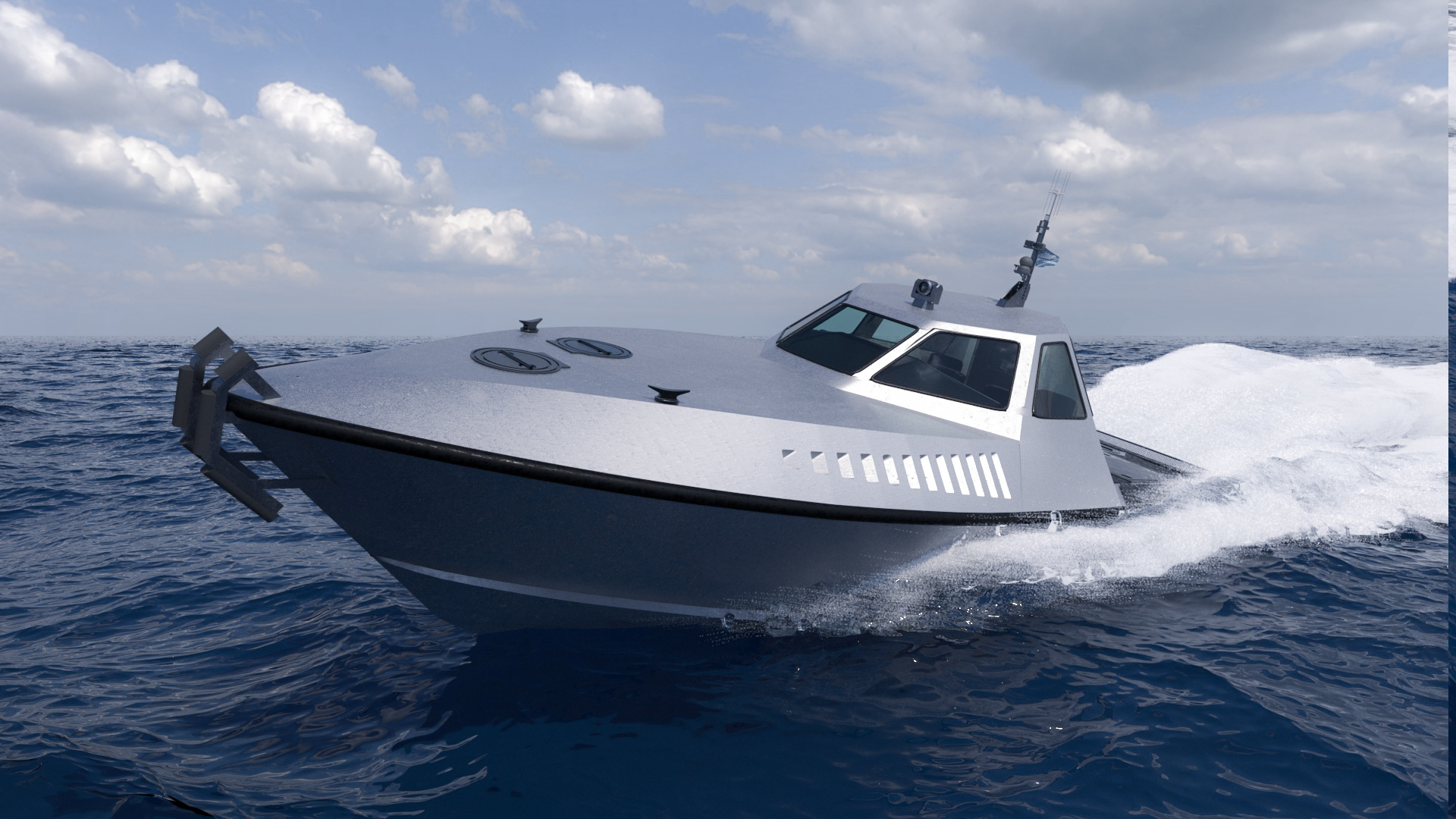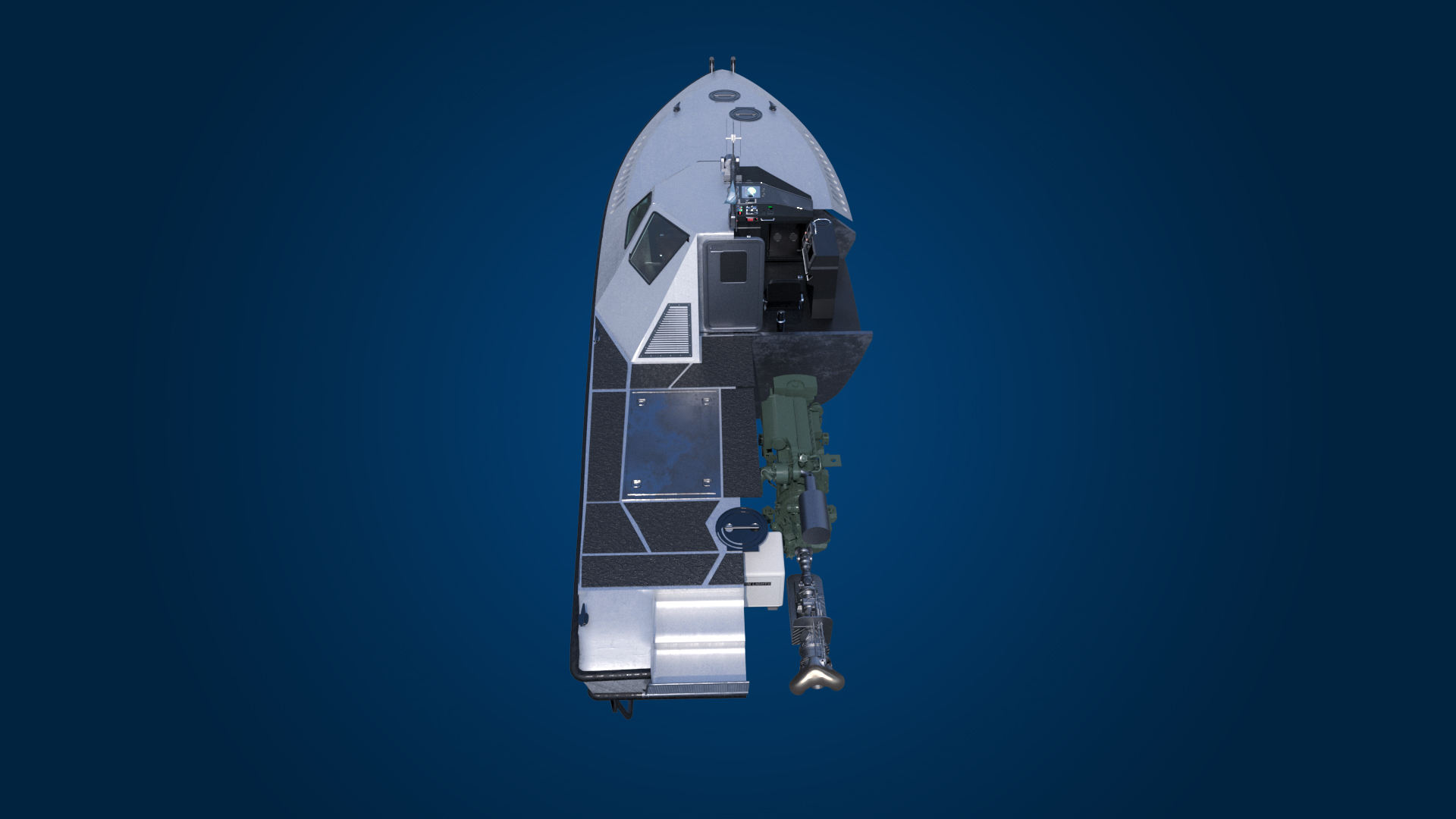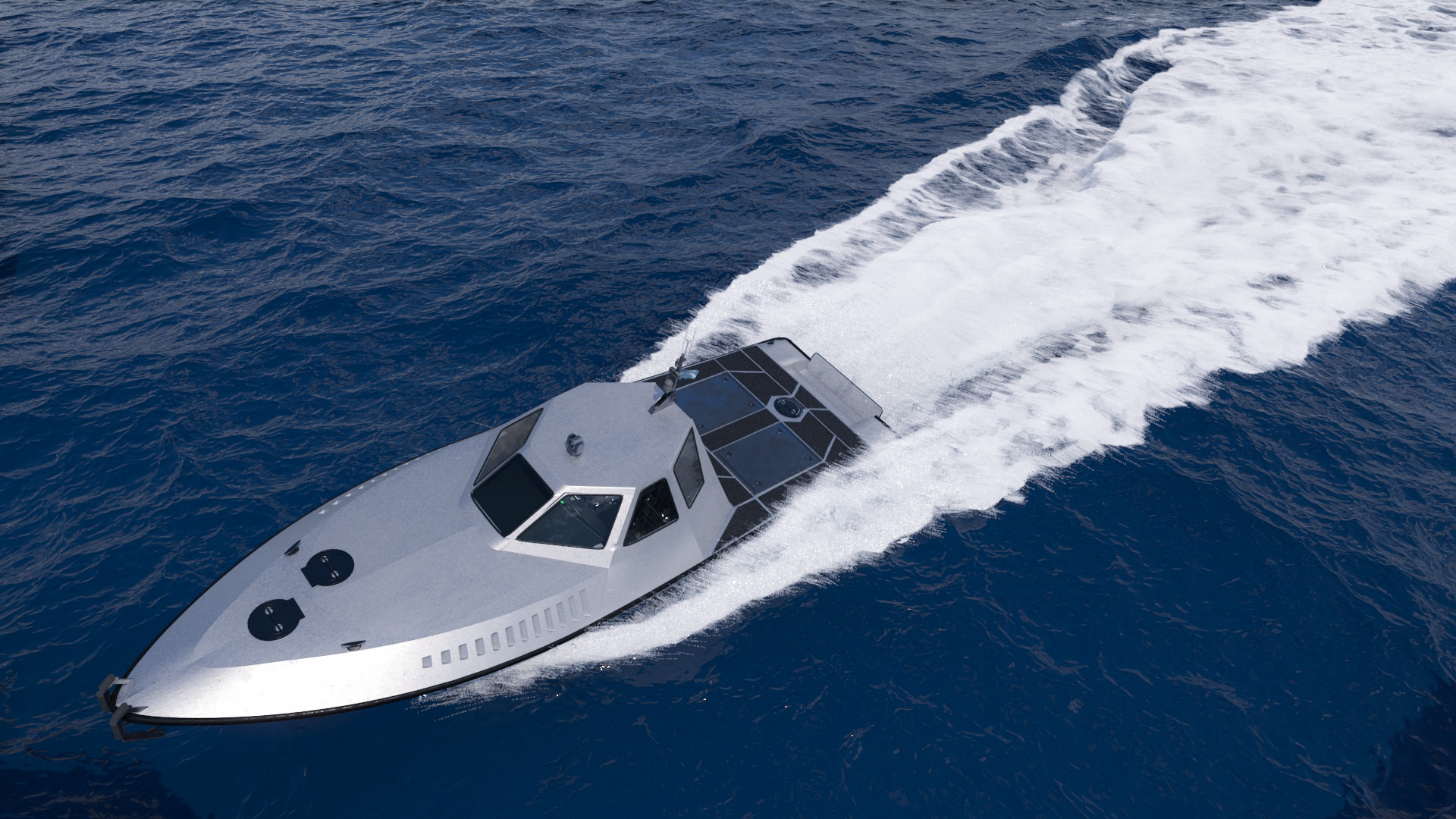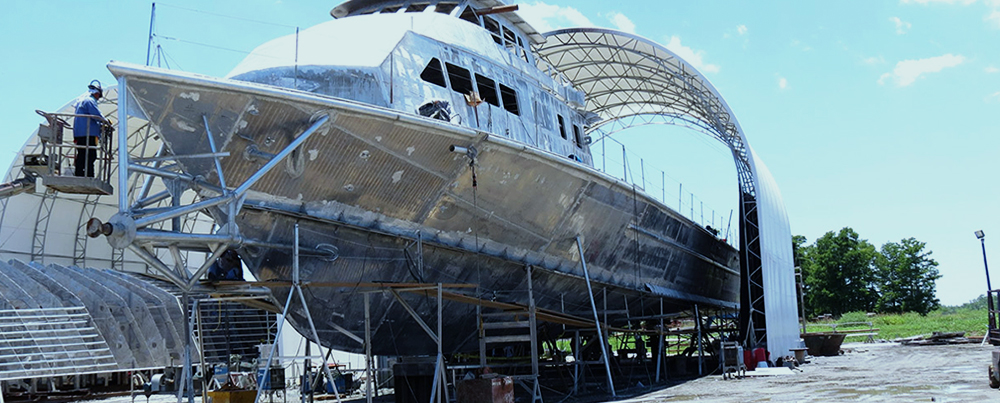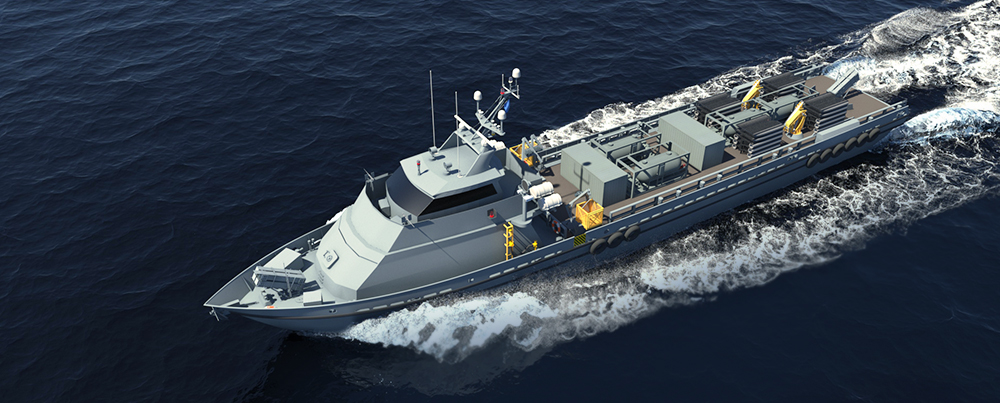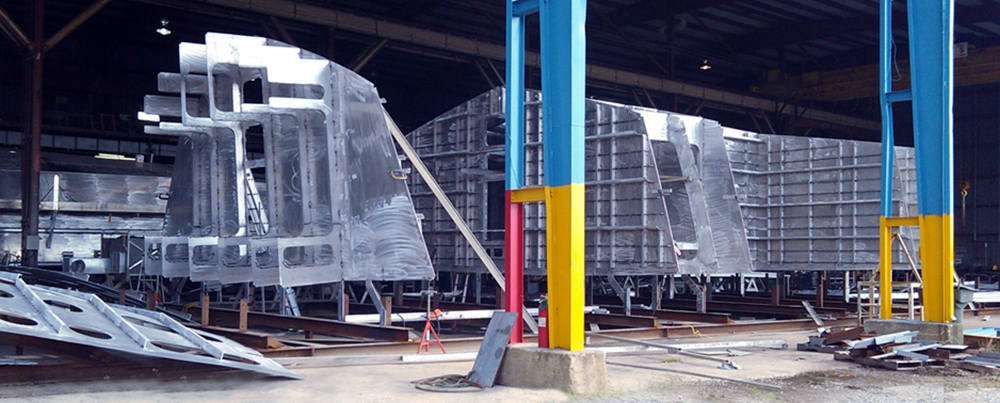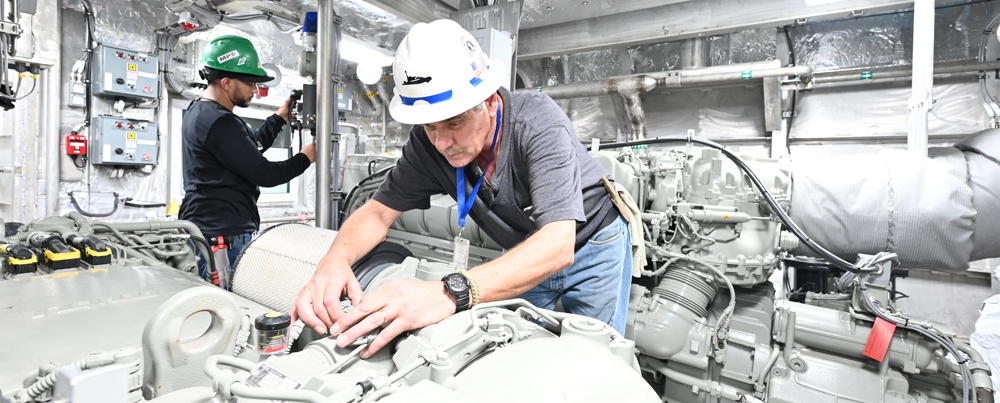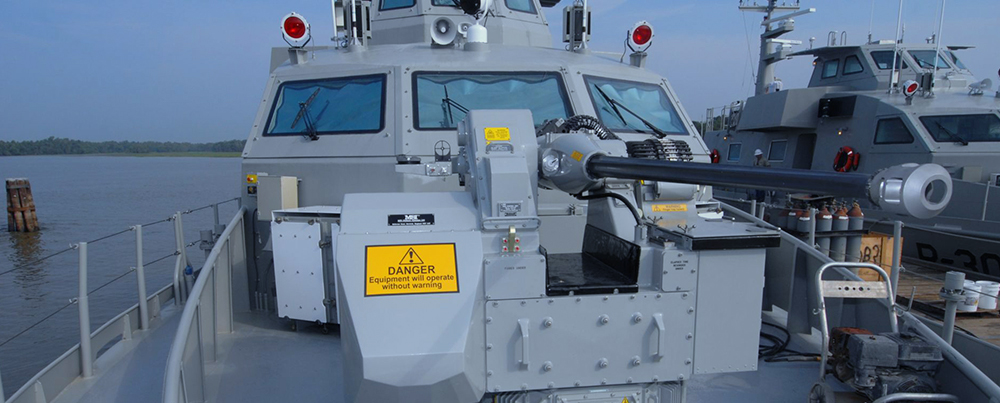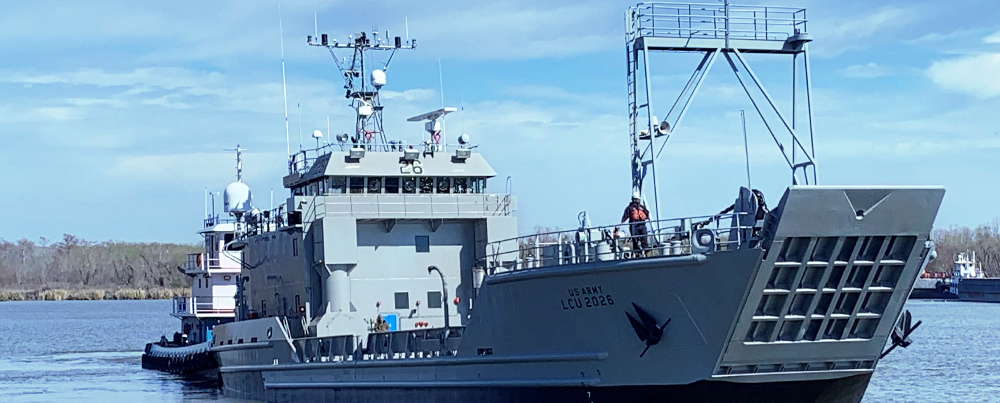46 FEET
CHALLENGER
Unmanned and Manned Capable
Surface and Expeditionary Warfare
ISR Packages
Overview
Challengers’ Intelligence Systems will enable mariners to work smarter and delegate routing efforts to advanced self-piloting technology. The Challenger comes standard with multi-modal situational awareness including threat-based object recognition and includes tracking, anti-collision capabilities and data connectivity. The Challenger has both Manned or Unmanned (Autonomous) configurations with high endurance and is compliant with NATO Standardization Agreements (STANAG) 4586, Joint Architecture for Unmanned Systems (JAUS) protocol.
Key Features






Game Changing Capabilities
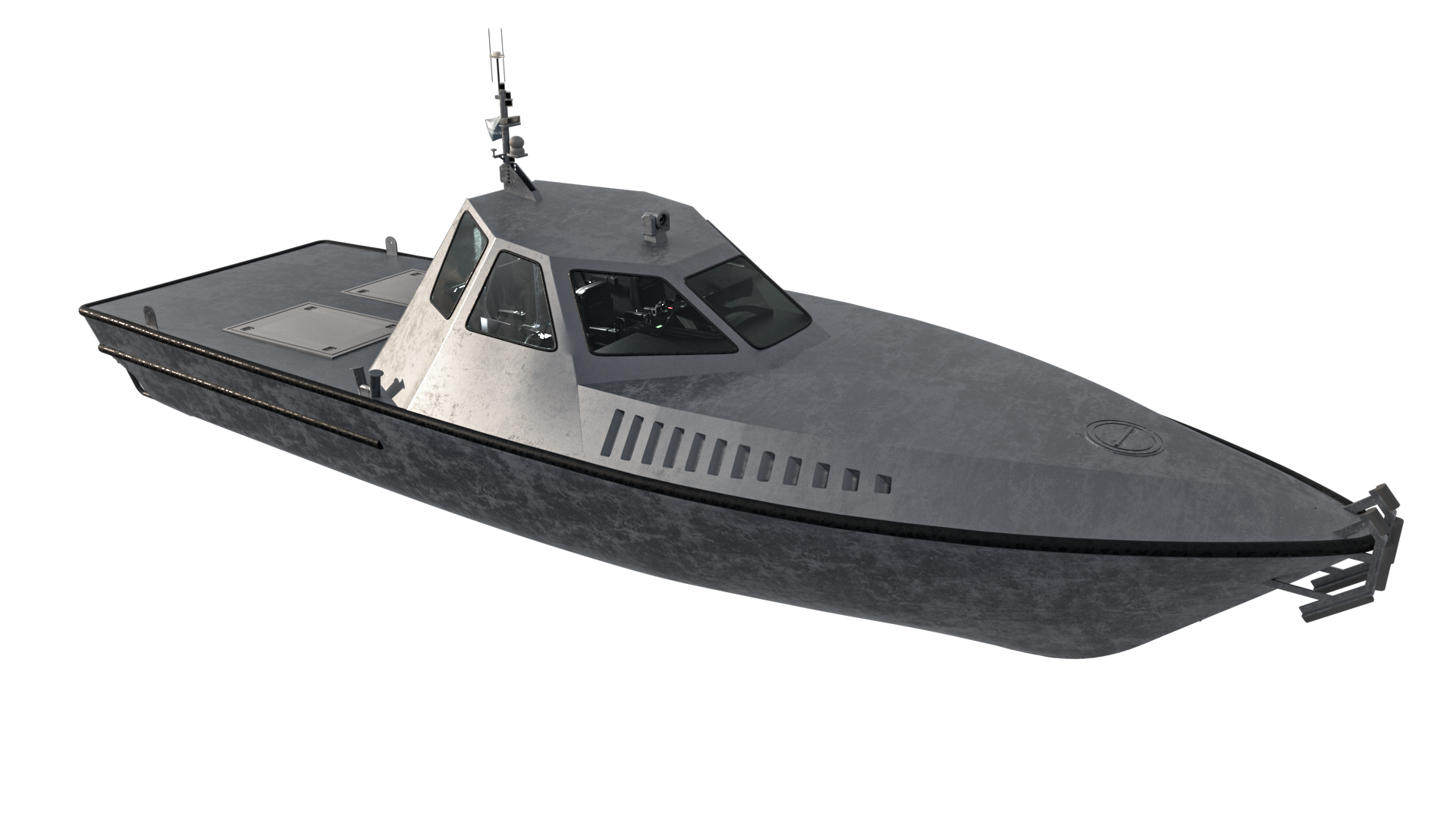
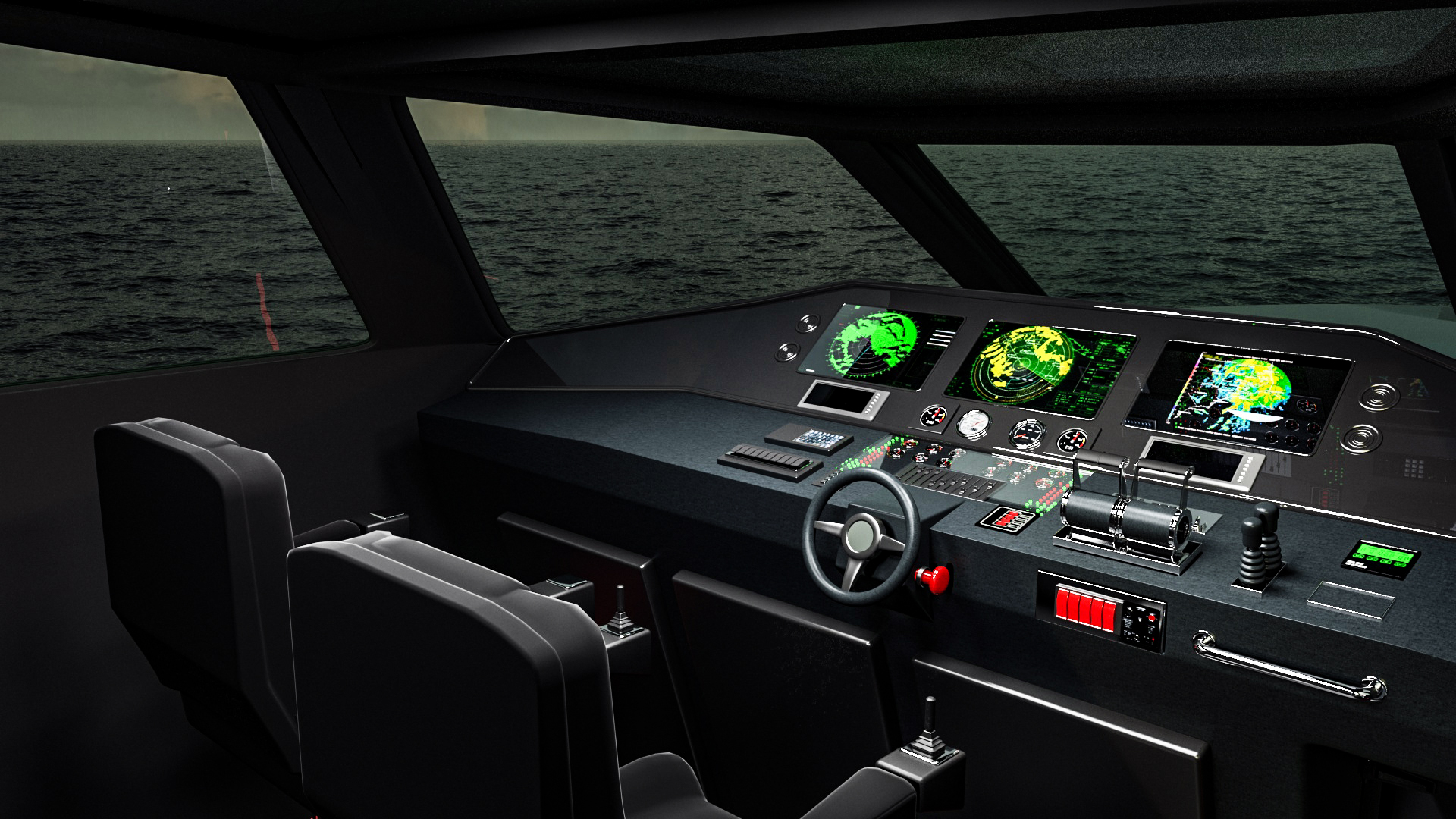
Communication System
Challenger comes with multi-modal comms for Surface and Expeditionary Missions, Patrolling and Security Missions. It can upgraded to provide threat-based object recognition, tracking, anti-collision capabilities via data connectivity
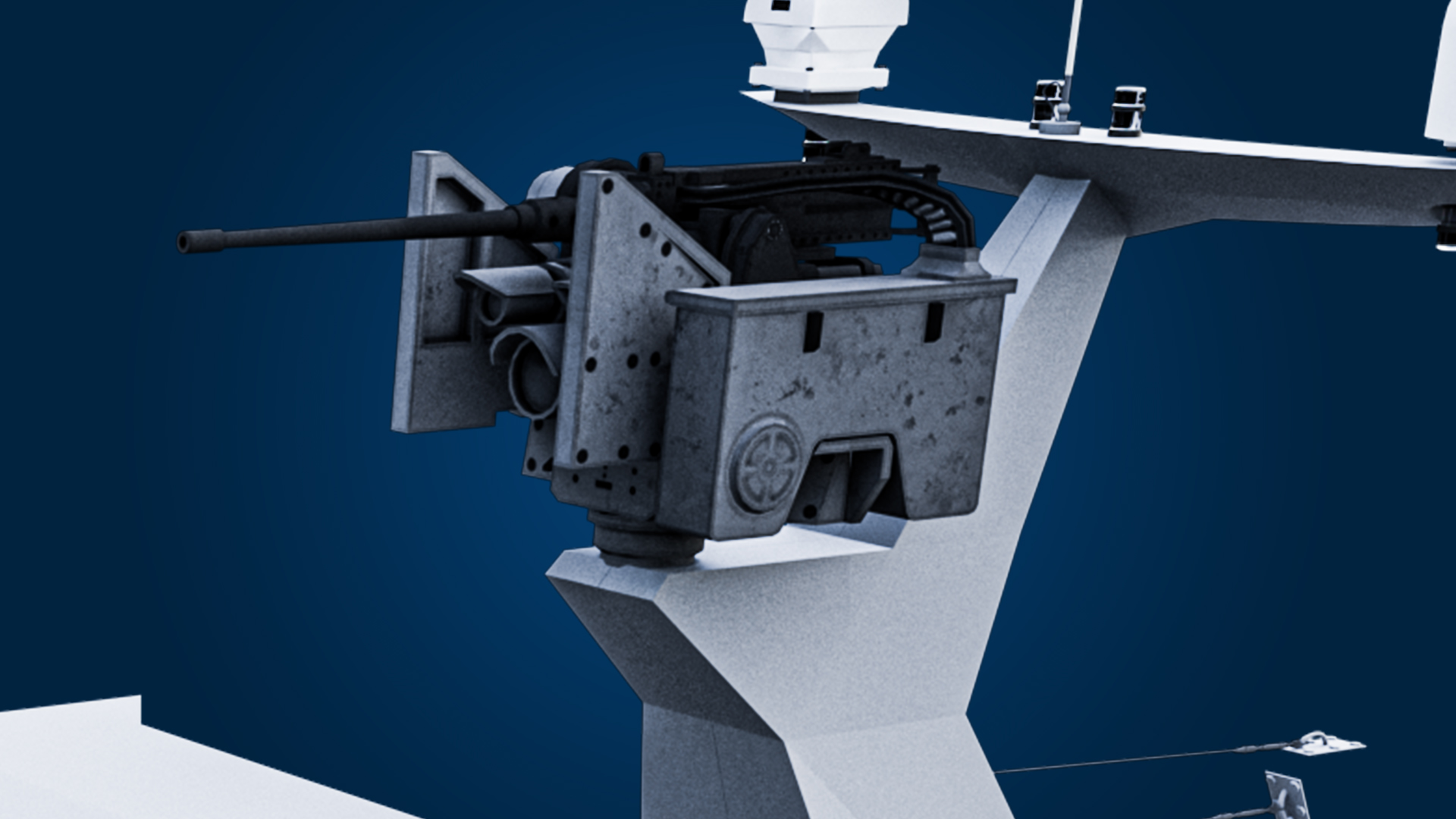
Weapon Systems
Original configuration is designed for Two (2) .50 cal. OR 7.62mm Dillon Weapon Systems. Total payload of 7.7 Ton allow custom configuration of Remote Weapon System (RWS) and optics based on mission requirements
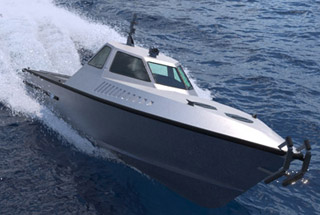
Propulsion System
Challenger reaches 45+ Knots with range of 400NM. It features improved propulsion system with powerful engines and original package includes 2 x Volvo Marine Engines (Model D13-700, 700 BHP each at 2300 RPM)
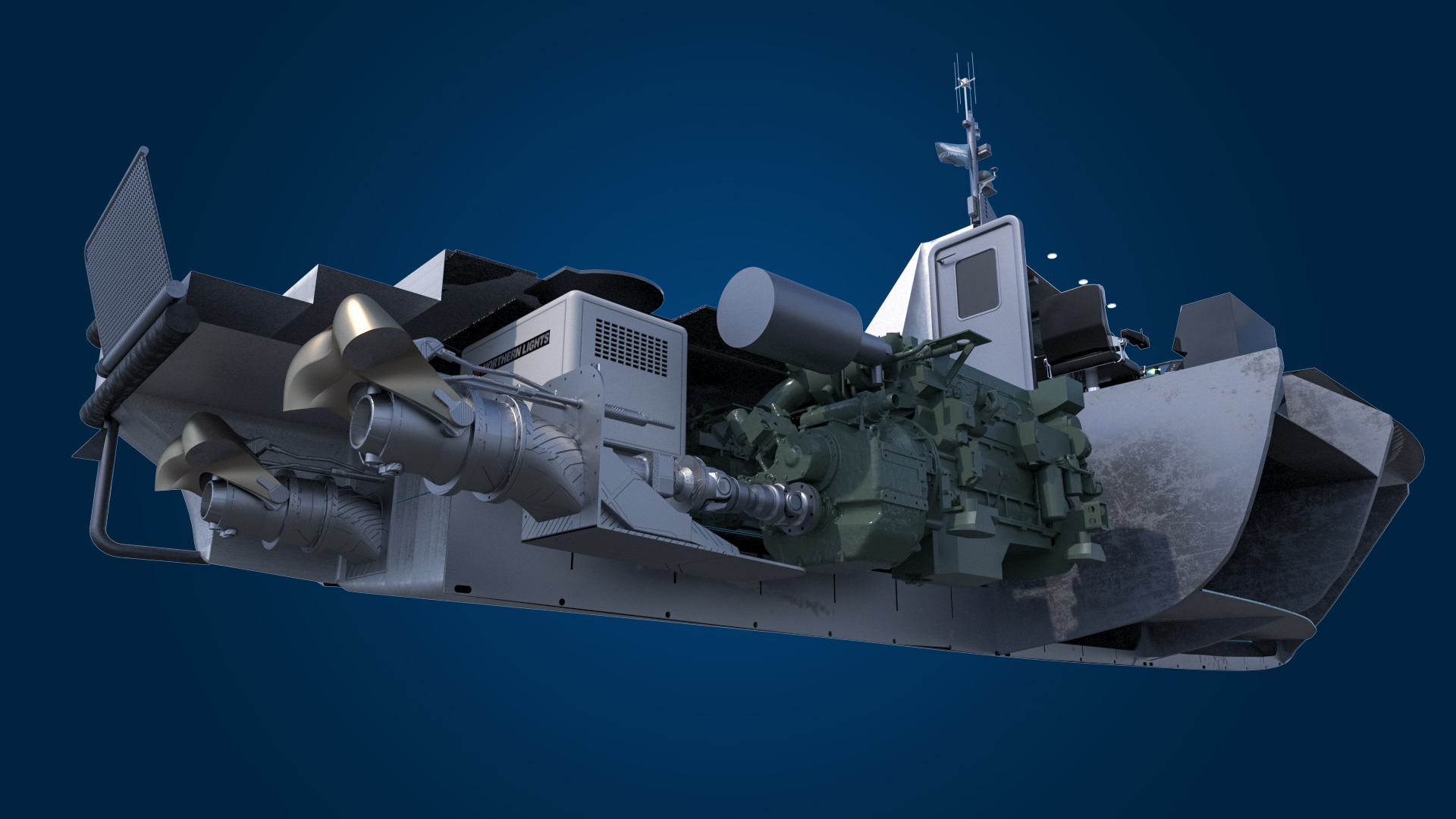
Power Generation
Challengers dual A/C electrical generators are programmable to allow for load sharing and redundant power supply for the ship's operating and autonomy systems
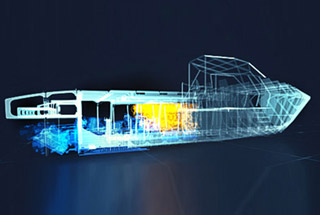
Diagnostics and Response
Challenger has fully automated machinery and level sensors ventilation fans, dampers, and bilge pumps integrated with the Fire Suppression System (FSS) to provide automatic shutdowns during fire
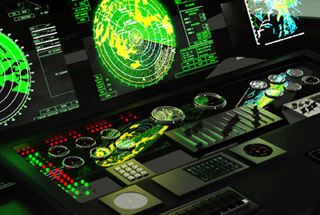
Navigation System
Challengers Integrated Bridge System (IBS) allows vessel Autonomy. The IBS can be managed via remote Monitoring System
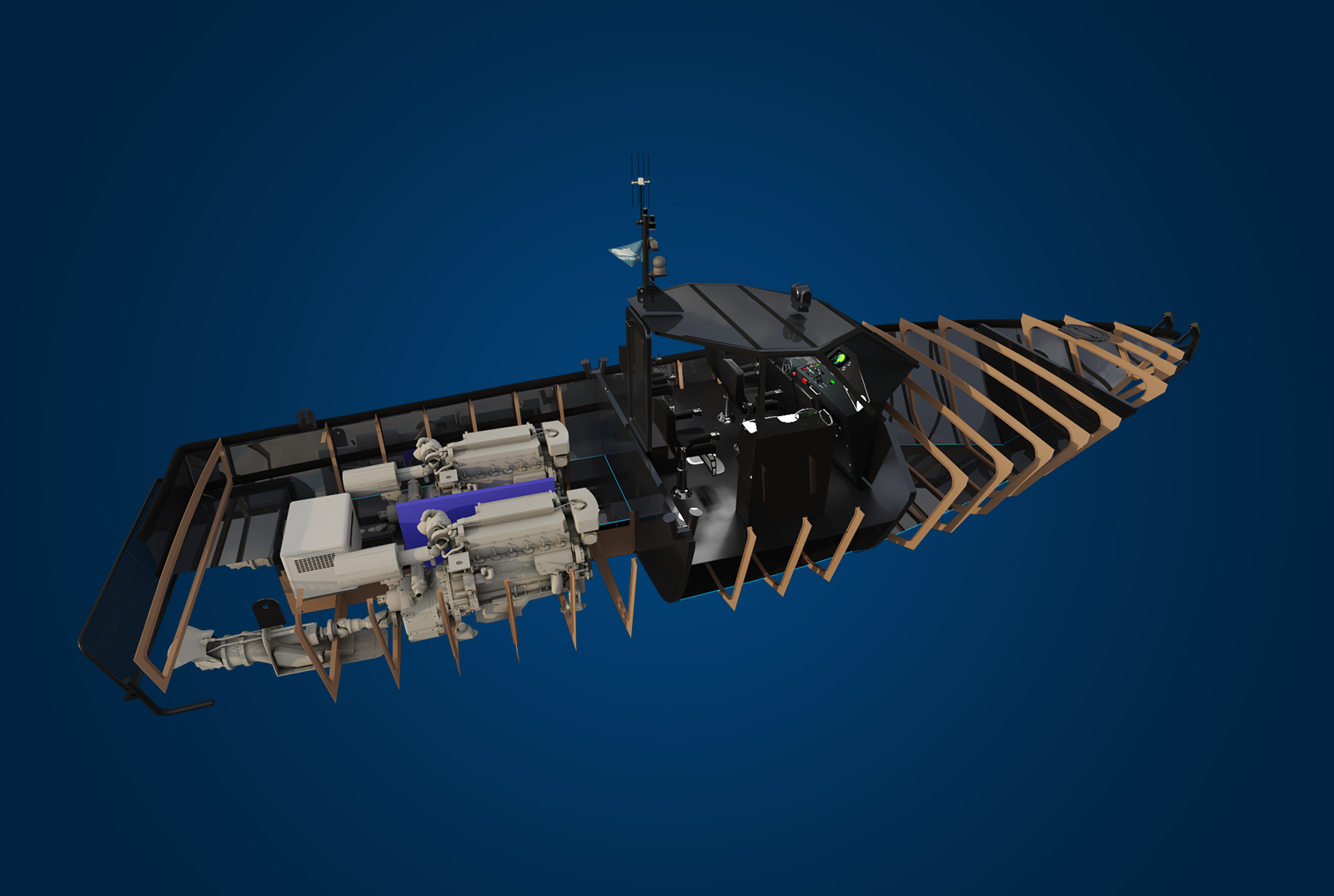
HSNC Hull
Challengers V-shaped Hull is built on proven ABS HSNC. The structure can accommodate unmanned operations. Additional optimization can be made to the hull for reduced drag for special operations
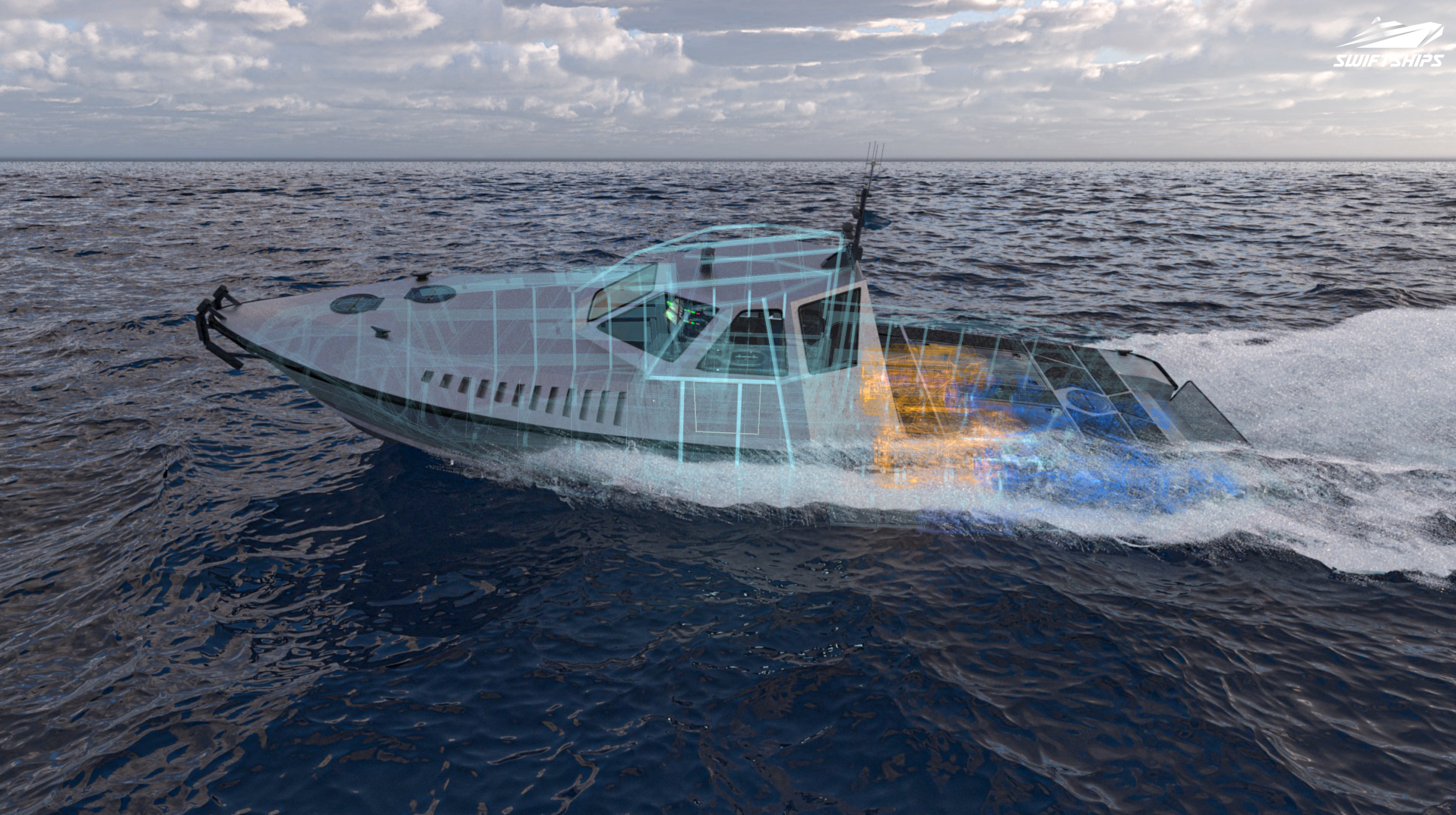
Autonomy Solution
Challengers programmable controller can provide Machine and Electronic data using the Unmanned system
Technical Specification
|
|
|
|---|---|
|
LENGTH
|
46 Feet (14 Meter) |
|
BEAM
|
14.5 Feet (4.4 Meter) |
|
DRAFT
|
2 Feet (0.6 Meter) |
|
PAYLOAD
|
7.7 Ton (Modular/Multi-payload flexibility) |
|
FUEL CAPACITY
|
800 Gallons (3,028.3 Liters) |
|
POTABLE WATER
|
80 Gallons (302.8 Liters) |
|
ENDURANCE
|
40+ Hours |
|
SPEED
|
45+ Knots with Range of 400 NM |
|
MACHINERY
|
|
|
ELECTRONICS
|
|
|
PRECISION EQUIPMENT
|
|
|
WEAPON SYSTEM
|
|
|
ACCOMODATION
|
|
Smart, Brave and Empowered
Gallery
Related Programs
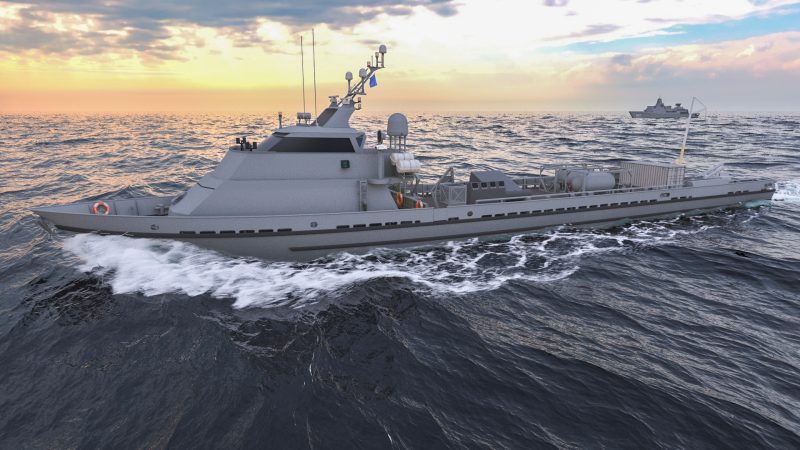
Militarized Unmanned and Minimally Manned Vessels
Swiftships design and constructs of fully autonomous military vessels, and offers commercial platform conversion to militarized unmanned/minimally manned vessels. We have developed many variants of our Fast Supply Vessels (FSVs), not only for full autonomy, but also for minimally manned or remote operations of the craft.
Our primary example is an offshore patrol vessel previously called Riley Claire (aka Nomad) that is one of two offshore vessels so far converted to autonomous operation. Nomad is being tested by the US Navy in multiple missions. It traveled from the Gulf Coast through the canal to the U.S. West Coast, a total of 4,421 nautical miles, with 98% of that distance in autonomous mode and the Panama Canal in manual mode.
Learn more about Swiftships’ “Autonomous Solutions“, or read “Riley Claire (aka Nomad)” case study.
How can we work together?
Of course, we can build your vessels in our location! But if for some economic or strategic reasons, you choose vessels’ construction at your location – Swiftships can provide you a full support. We have extensive experience working with international clients on co-production programs, and we offer customized solutions to meet your needs. Learn more…
Other Platforms
We design, build, integrate, and maintain naval vessels for multiple missions: from border protection to lower-intensity threat missions and high-demand or high-threat law enforcement scenarios.


